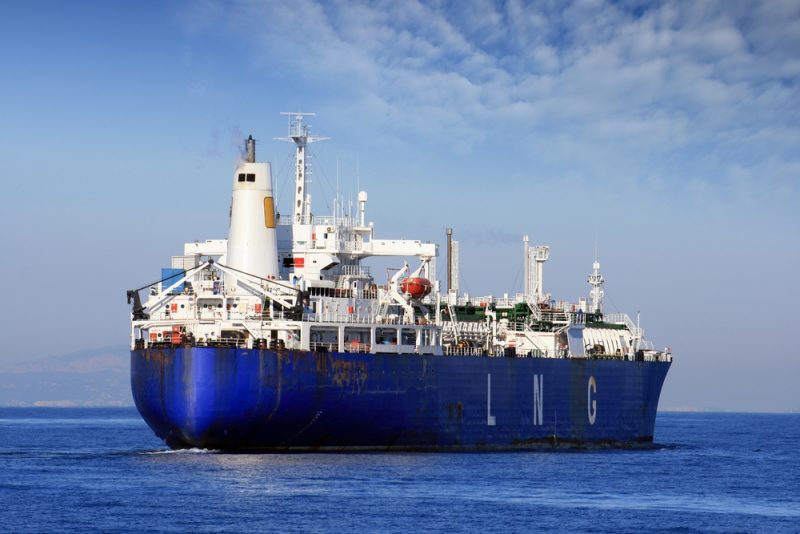US exporting more natural gas than importing, according to EIA report

For nearly 60 years, the Un has been a net natural gas importer, but for three of the first five months of 2017 thus far, it has actually been exporting more than it imports, according to the U.S. Energy Information Administration’s most recent Natural Gas Monthly.
U.S. exports have been increasing to eastern Canada since 2000 when the Vector pipeline out of Chicago began service into Ontario. There have also been increasing volumes of natural gas exports to Canada from both the Midwest and Northeast since 2011. As of March 2017, those exports were sitting at 3.21 billion cubic feet per day (Bcf/d).
While the United States has always been an exporter of natural gas to Mexico, that arrangement is now reaching near-record levels, averaging 4.04 Bcf/d. Volumes have been increasing since 2010, with the growth of natural gas production in the United States bumping up against the dichotomy of declines in Mexico’s own natural gas production even while the use of natural gas grows in industrial projects and electric power generation.
The United States has been primarily an importer since 1958 when natural gas trade volumes were much smaller. That year, however, marked the opening of the TransCanada pipeline, flooding the market with Western Canadian natural gas. In recent years, Canadian natural gas has fallen in prominence as the United States has seen gains from shale gas and tight oil formations.
The new boon for the United States has also been aided by the emergence of liquefied natural gas exports from Sabine Pass, Louisiana.
